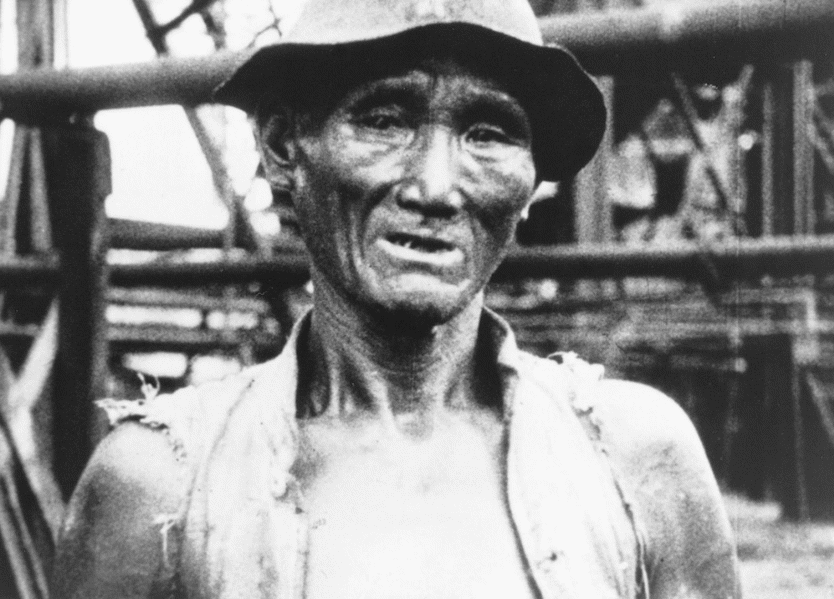Introduction
Vincent Monnikendam’s film ‘Mother Dao’ is a wonderful piece of art that consists of footages that were shot in Dutch’s colony of Indonesia between 1912 and 1932 (Pollock and Silverman 78). The original film footage was shot in 1995, and the original audiences of the original footage were the Dutch back in the Netherland who were proud of having colonies around the world. The filmmaker, Vincent Monnikendam, was a Dutch who was interested in the historical events which took place in Indonesia during the Dutch rule. The nationality of the filmmaker matters a lot because it influences his views about the themes brought out in the film. It also makes it easy to explain the possible causes of biasness in the film. In this paper, the researcher will analyze the colonial film representation of Indonesia as presented in this film.
Analysis of the Film
The title ‘Mother Dao’ is very significant because of the poetry that was introduced in the film. The poetry is about a mythical mother Dao who was the creator of all human beings. Its significance is that we are all brothers and sisters from one ancestor, but sometimes we forget this fact and start inflicting pain on one another. It helps to emphasize the fact that the Dutch had no moral grounds to exploit the local Indonesians during the colonial period. The film portrays the local people as desperate individuals who lacked a clear vision of what the future had for them. Their disillusionment can be seen in their desperate faces as shown in the figure below.

The photo above shows a close comparison between a Dutchman and the local Indonesians. The Dutchman seems confident and sure about life. However, next to him are poor colonial slaves (Indonesians) who seem not sure what the future holds for them. They are looking for answers from the Dutchman. The dress code also tells a lot about how the Dutch compared with the local Indonesians. The Dutch are properly dressed in Western culture, but the Indonesians next to him have no proper clothes. The figure below may help in further understanding how the local people are portrayed in the film.

As shown in the figure above, desperation and poverty are shown in the old man’s face and clothing. It shows the life of hardship that they were forced to lead under the colonial powers of the Dutch. The film also portrays these locals as uncivilized. The two scenes from which the above two images were taken give the image of people who are deeply rooted in traditional culture and very unwilling to adopt the Western way of life. The two images which are shown above help in demonstrating a lack of civilization among these locals in their dressing style.
The primary subjects of this film are the local Indonesians who were living in slavery under the Dutch colonial masters. The film shows how they interacted amongst themselves and with their masters. The insertion of the poetry into the film was important in giving it a local Indonesian context. Initially, the photos were meant for the Dutch audience. However, the filmmaker had to give it a local Indonesian context, hence the decision to include Indonesian poetry.
This film can be described as a critical analysis of the exploitative activities of the Dutch in Indonesia during the colonial period. This is demonstrated by showing the good life that the Dutch had, and the pain and agony that the Indonesians were subjected to in their own country. The audio track was introduced to emphasize the major themes in the film. The sounds have a close relationship with the film. The images of local Indonesians toiling in the fields resonate well with the sounds that Vincent used. In fact, the sounds help in changing the primary audience from the Dutch who were pleased with the images showing their superiority in their colonies, to a new audience sympathetic to the plight of the colonized.
Conclusion and Lessons from the Film
The film shows that the condition of life under colonial rule in the Dutch East Indies was unfavorable for the locals. The colonial masters led a comfortable life with all that they needed easily available to them. However, the life of the locals was completely opposite of this. They toiled and sometimes lacked basics such as proper housing, clothes, and even food. The overall message of the film is that colonialism was characterized by so many evil practices that affected the locals. The film emphasizes the need to have a society that is free from any form of colonization or oppression of the weak. In the present post-colonial period, this film is trying to promote an environment of equality both in developed and developing countries. It seeks to fight any form of segregation in the society.
Works Cited
Pollock, Griselda, and Maxim Silverman. Concentrationary Cinema: Aesthetics As Political Resistance in Alain Resnais’s Night and Fog (1955). New York: Berghahn Books, 2011. Print.
Tobing, Fatimah. “The Quick and the Dead: Surrealism and the Found Ethnographic Footage Films of Bontoc Eulogy and Mother Dao: The Turtlelike.” Camera Obscura 52.18 (2003): 129-155. Web.